You know how essential a holster is to keep your firearm concealed and safe from unauthorised access. However, choosing among different types of concealed carry holsters is not as simple as you might think. This simple accessory bridges the gap between the gun and your speed of self-defence. It also determines how easily you can carry the firearm amid your routine tasks. So, if you are unsure and looking for guidance, you’ve come to the right place.
The blog overviews the common concealed carry holsters and matches them with your preference and purpose. It also breaks down the standard terminologies you should know as a holster owner.
6 Best Concealed Carry Holsters for a Gun Owner
According to popular opinion, one shouldn’t carry a weapon without a cover. A quality- and situation-appropriate holster keeps the gun positioned exactly where and how you want it, improving your draw speed and reaction to emergencies. Here are the holsters that most law enforcement personnel prefer:
1. Inside The Waistband Holster
An IWB holster is the most common preference for gun owners as it offers concealment and easy attachment. It is attached to the inside of your pants’ belt and rests discreetly between your body and fabric. This concealed carry holster:
- Minimises printing and improves invisibility
- Provides easy gun access, especially needed in emergencies
- Ensures comfort during prolonged hours
2. Outside The Waistband Holster
The OWB holster is the exact opposite of the IWB holster, resting outside your pants or shorts’ belt. This cover hugs the belt clip from the outside and allows for quick draw and adaptability to different gun types. It is more comfortable than other holsters as the cover doesn’t press against your body or make you feel restricted. This concealed carry holster:
- Enables easy drawing, especially when speed is important
- Suitable to carry under loose or oversized clothing
- Allows easy reholstering and adjustment
3. Shoulder Holster
You can carry your firearm underneath your arm with a shoulder holster. It comes with straps so you can wear the cover as a backpack, and the weight is equally distributed. There’s your gun on one side and spare magazines on the other. It keeps your weapon in a horizontal or diagonal position across your hips. This concealed carry holster:
- Enables easy access, especially when driving or sitting
- Concealing the gun over a long outfit, otherwise your gun is visible the entire time
- Doesn’t feel heavy like an IWB or OWB
4. Ankle Holster
The gun holster wraps around your ankle with the help of hook-and-loop or elastic fasteners. It is mainly used as a backup, as it doesn’t keep the gun very accessible in emergencies. Such a concealed carry holster is also suitable when you have to sit for long hours or wear tight-fitted clothes. In those scenarios, an IWB or OWB might not feel practical. This holster:
- Keeps the gun entirely concealed, unless you wear skinny jeans
- Serves as an ideal secondary option for combat
- Ensures maximum comfort due to the adjustable and padded straps
5. Pocket Holster
This holster is more of a gun pouch and keeps your weapon securely inside the pocket. It is small in size and is suited for compact firearms. The primary purpose of a pocket holster is to eliminate the risk of printing and keep the trigger covered. This concealed carry holster:
- Enables quick draw and reholstering
- Offers durability and ruggedness
- Prevents accidental discharge
6. Chest Holster
As the name suggests, this holster is worn over the chest and offers a unique way of concealing your weapon. The cover keeps the firearm readily available for deployment and is particularly used by hunters and outdoor enthusiasts. This concealed carry holster:
- Offers quick draw, especially in difficult situations
- Distributes the weight equally on the shoulders and chest
- Provides a secure way of carrying the firearm
Choose from Types of Concealed Carry Holsters for Your Situation
As a law enforcement officer, it’s crucial to choose a concealed carry holster that fits your purpose. The one you choose should depend on your routine, situations, clothing, and body type. Here is a breakdown of which holster matches what scenario:
-
Driving for Long Hours: You have to spend extended hours sitting at the desk or driving; the best choices are:
- Shoulder holster
- Cross-draw holster
-
Formal Attire: Wearing tight-fitted clothing restricts your options for holsters due to concealment issues. The best choices in such scenarios are:
- Shoulder holster
- Pocket holster
- Chest holster
-
Active Duty: If you are primarily on the run or in public, keeping an eye on the passersby, concealment becomes your priority. In these situations, the best concealed carry holsters are:
- IWB holster
- Shoulder holster
-
Flexible Situation: Sometimes you are on the run, while you have to sit in other scenarios continuously. To deal with these changing scenarios, you require a holster that doesn’t sacrifice accessibility or safety:
- IWB holster
- OWB holster
- Sing holster
-
Low-Profile: You may come across situations where you need to maintain complete concealment. The right holster reduces bulk and printing problems:
- IWB holster
- Pocket holster
Holster Terminology: A Quick Overview
You want to invest in the right concealed carry holster. However, you come across complex terms that don’t make sense. Therefore, here is a guide for you to understand the terminologies and not get confused during your purchase:
- Cant: The angle at which your gun rests
- Printing: The outline a gun makes when attached to your waistbelt
- Retention: The level of security a holster provides to your gun
- Ride: The point where the holster mounts on the belt
- Support side: The weak side is the opposite direction of your dominant hand
FAQs
Which holster is best for concealed carry?
IWB is considered the best concealed carry holster as it keeps your gun safe from the public eye and unlawful access.
What is the benefit of a concealed carry holster?
A concealed carry holster keeps your firearm securely fitted against your body and enables easy draw and access.
What is a comfortable position to carry your holster?
The most comfortable position to carry the gun holster depends on your body type and situation. An IWB or OWB holster is suitable when you are continuously on the move. However, you should use a shoulder holster when seated for long hours.
Why do people use a shoulder holster?
People use a shoulder holster as it equally distributes the weight on your body and doesn’t make you feel uncomfortable.
Can a gun accidentally discharge inside the holster?
A gun can accidentally go off in a holster if the trigger guard isn’t secure or something is stuck between it.

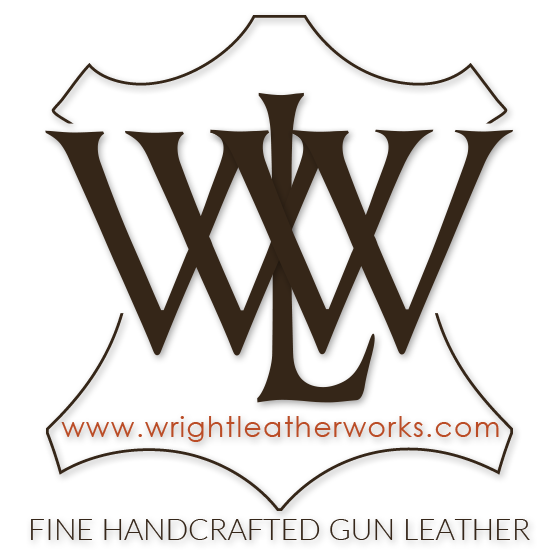
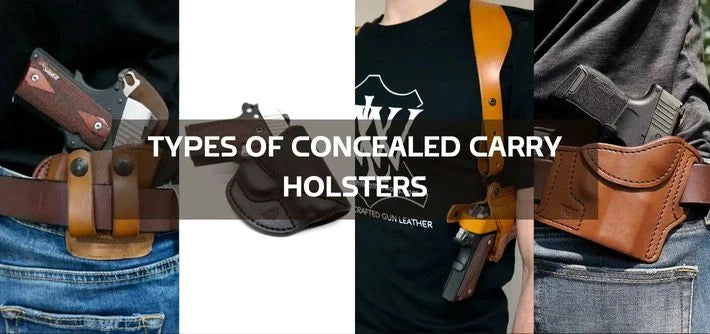
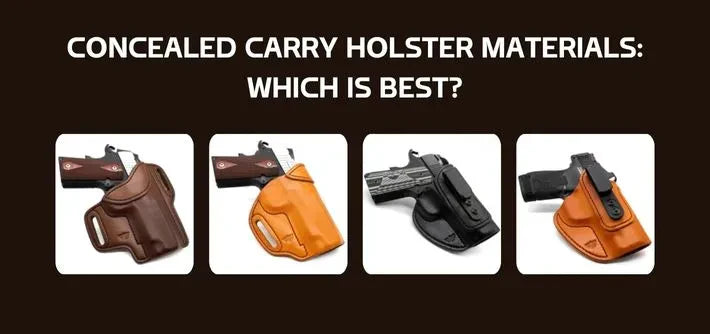
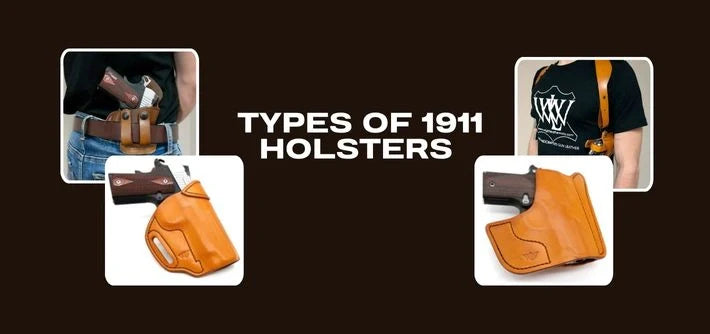
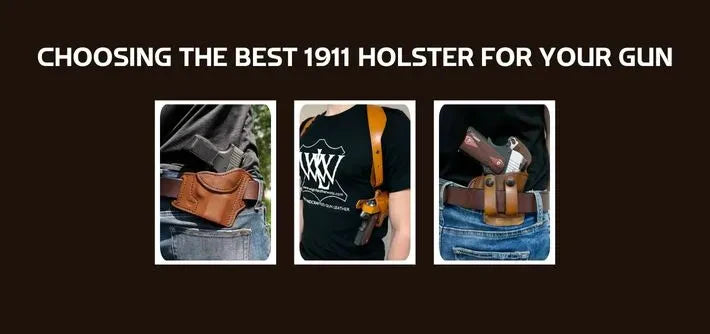
Leave a comment (all fields required)